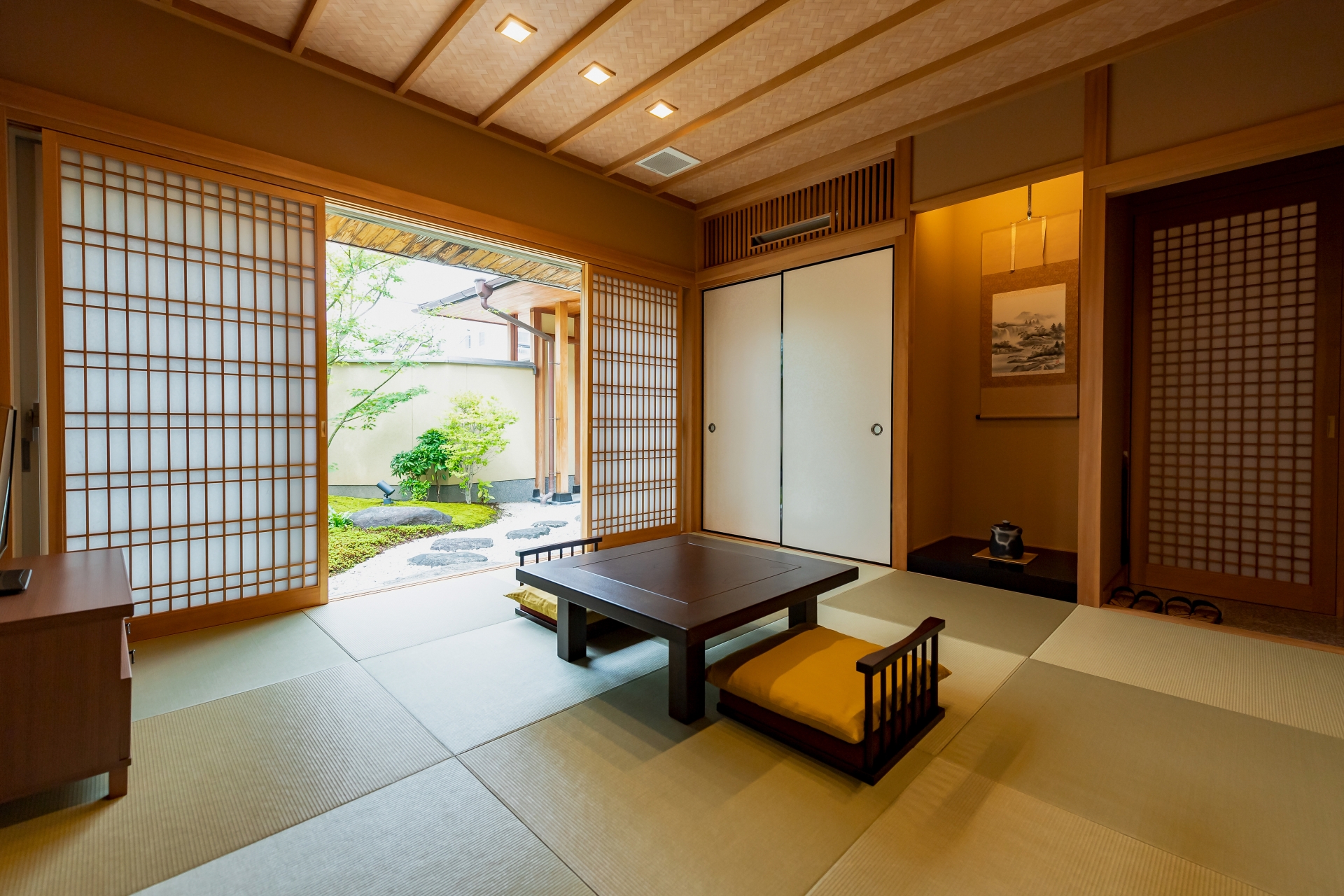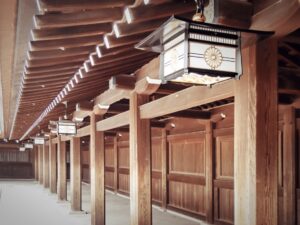Tatami rooms—characterized by their iconic straw mats and minimalistic design—are a hallmark of traditional Japanese living. While they may seem like a cultural curiosity to some, these serene spaces offer practical benefits for comfort, health, and aesthetics. In this guide, we’ll explore what a tatami room is, why it’s culturally and functionally significant, and how you can create or adapt one in your own home, whether you’re in Japan or abroad.
What Is a Tatami Room?
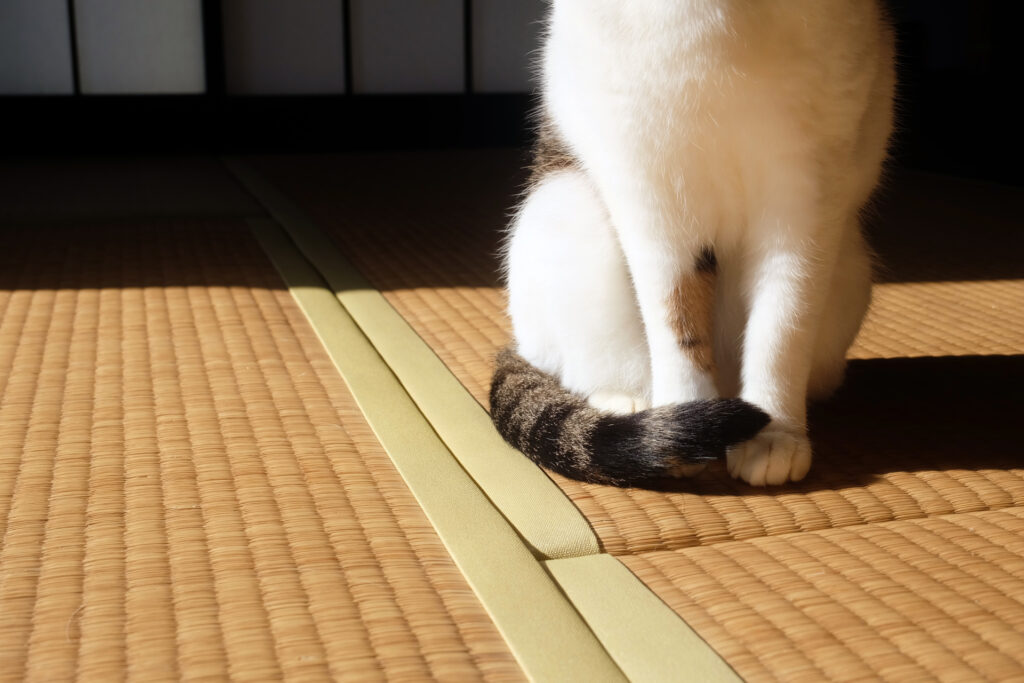
A tatami room, or washitsu (和室), is a traditional Japanese room where the floor is covered with tatami mats—rectangular mats made from woven straw (typically igusa) and filled with rice straw or foam. These mats are meticulously arranged in specific layouts depending on room size, often in odd-numbered patterns to follow customary design practices.
Historically, tatami rooms were exclusive to nobility during the Heian period (794–1185), but their use gradually expanded to samurai residences and, eventually, ordinary homes. Today, while modern Japanese homes often feature Western-style flooring, many still include a tatami room as a space for tea ceremonies, meditation, or guest accommodations.
Unlike Western-style rooms, tatami rooms emphasize harmony, minimalism, and natural materials. You’ll typically find sliding doors (fusuma), paper screens (shoji), a built-in alcove (tokonoma) for seasonal decorations, and a low table or floor seating. The soft, breathable mats contrast starkly with carpet or hardwood, offering a quiet, contemplative space that connects the indoors with nature.
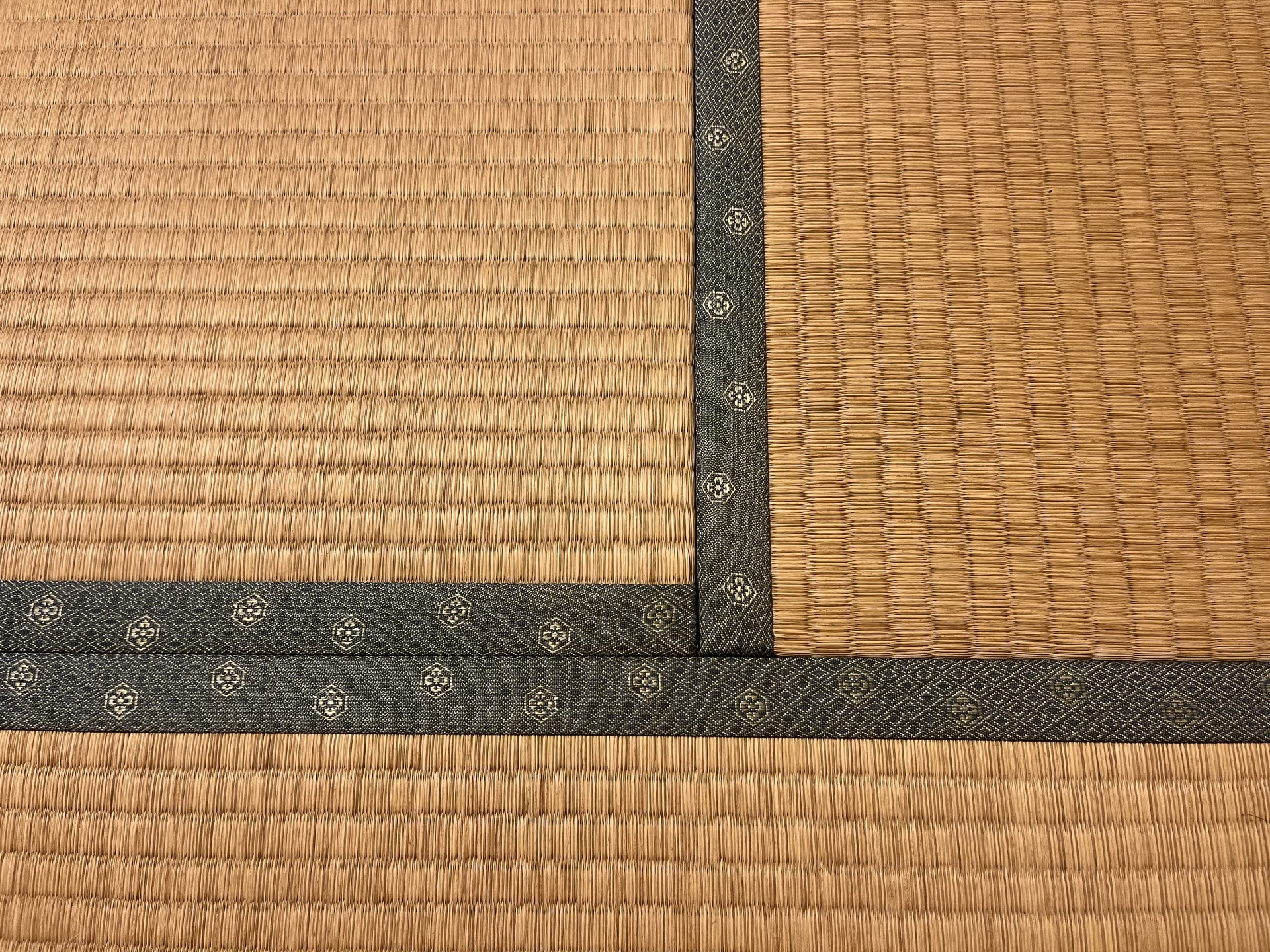
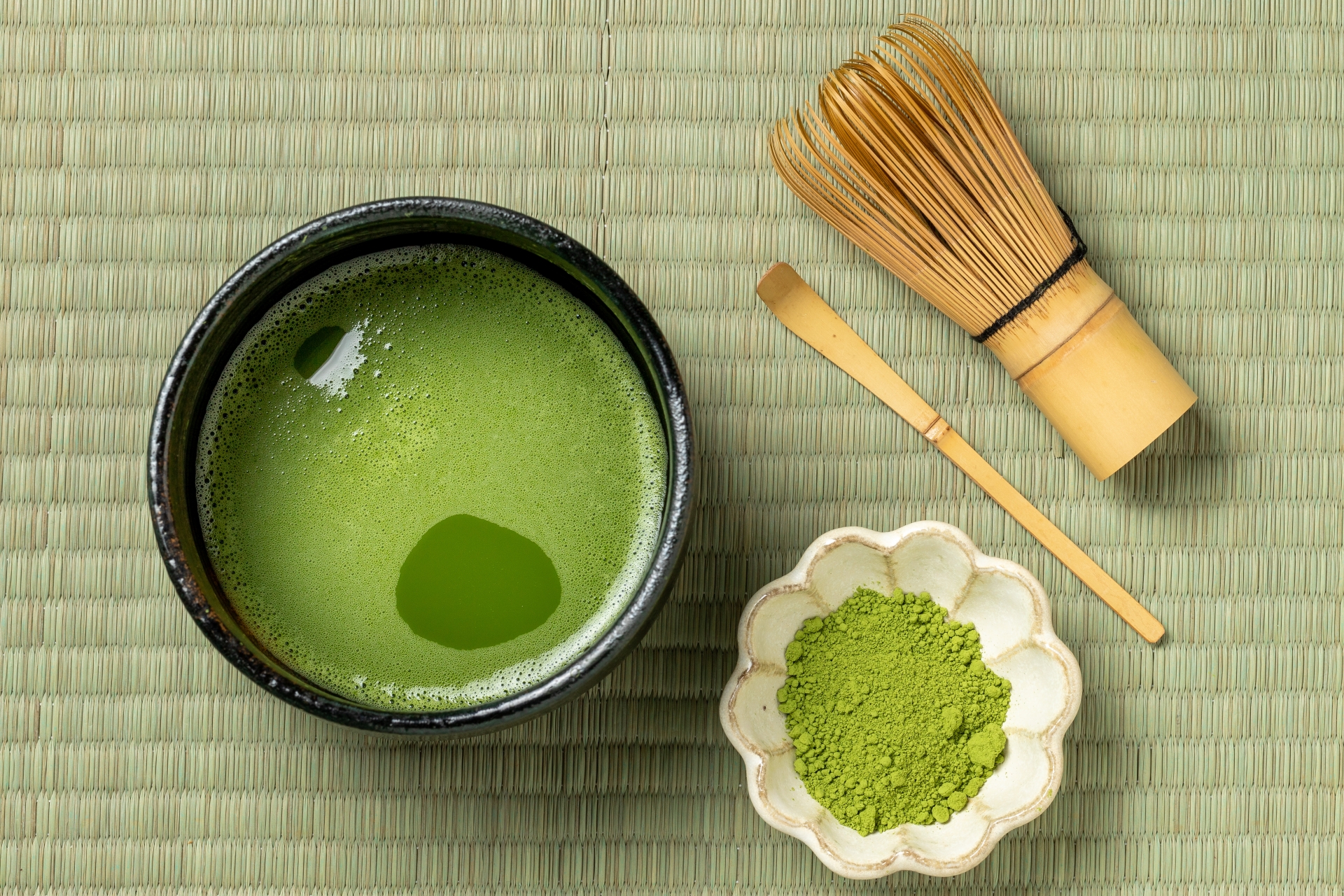
Benefits of a Tatami Room
Tatami rooms offer more than just visual appeal—they deliver an array of tangible and intangible benefits. First and foremost, the natural materials used in tatami mats contribute to comfort and indoor air quality. Igusa (soft rush grass) has humidity-regulating properties, helping to keep rooms cool in summer and warm in winter. It also absorbs excess moisture, reducing the risk of mold while maintaining optimal air balance.
Another often overlooked benefit is stress relief. The soft texture and faint earthy scent of tatami are known to promote relaxation, grounding your senses and creating a space ideal for meditation, yoga, or quiet reflection. The natural sound insulation offered by tatami mats further enhances the calming ambiance.
From an environmental standpoint, tatami mats are sustainable and biodegradable. Their natural composition aligns well with eco-conscious lifestyles. Moreover, the act of sitting or lying directly on the floor encourages better posture, greater body awareness, and can even promote physical flexibility.
How to Create a Tatami Room Outside Japan
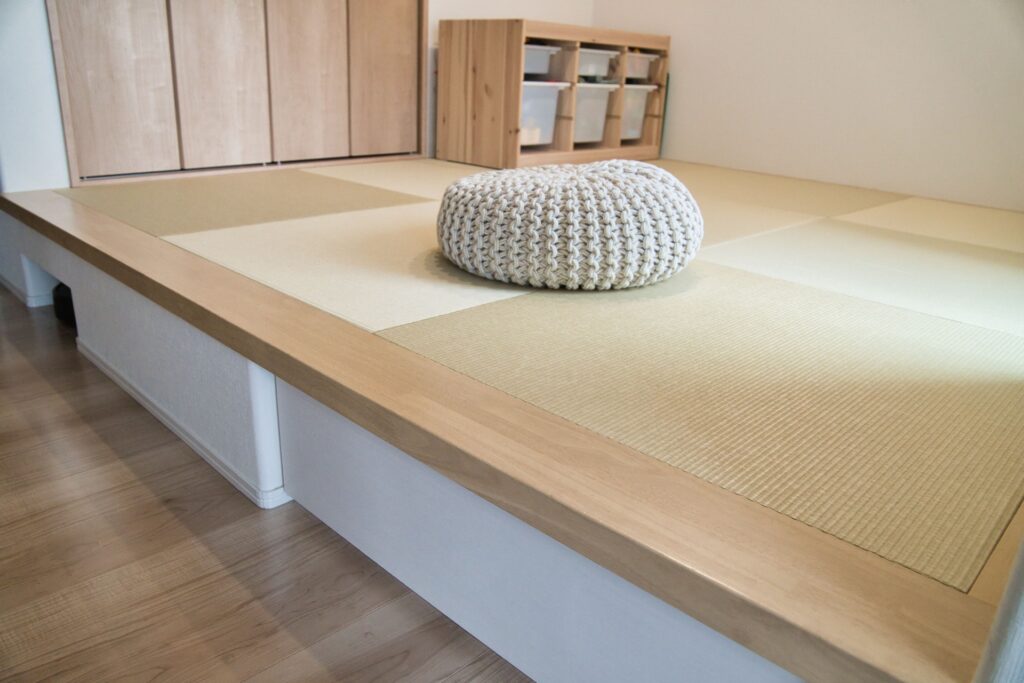
You don’t have to live in Japan to enjoy a tatami room. With the growing availability of modular tatami mats and Japanese interior furnishings worldwide, it’s easier than ever to design your own tranquil corner of Japan in a Western home.
Start by selecting a room with good ventilation and minimal foot traffic—perhaps a guest room, attic, or a corner of your living area. Decide if you want a full tatami floor or a hybrid setup (e.g., a raised platform with tatami panels). Online retailers like Amazon, Muji, and specialty Japanese import stores offer modular tatami mats that are easy to install and remove.
To capture the essence of washitsu, incorporate elements like shoji screens, low wooden furniture, floor cushions (zabuton), and minimalist décor. Even without permanent renovation, these touches can transform the mood of your space.
Choosing the Right Tatami Mats
Tatami mats come in several variations, making it easier to match your needs and budget. Traditional tatami uses igusa with rice straw cores, offering the most authentic look and feel. However, these are more expensive and heavier.
For easier maintenance and affordability, foam-core or compressed wood chip tatami (sometimes with synthetic igusa) are popular choices. Modular tatami tiles—typically 1/2 or 1/4 the size of traditional mats—allow for flexible layouts, especially in non-rectangular rooms or small apartments.
Consider the mat’s thickness (15–55mm), core material, and the presence of edging (heri). If you’re using it for sleeping or sitting, prioritize softer cores. If using furniture over it, choose denser, more resilient mats.
Designing for Small Apartments
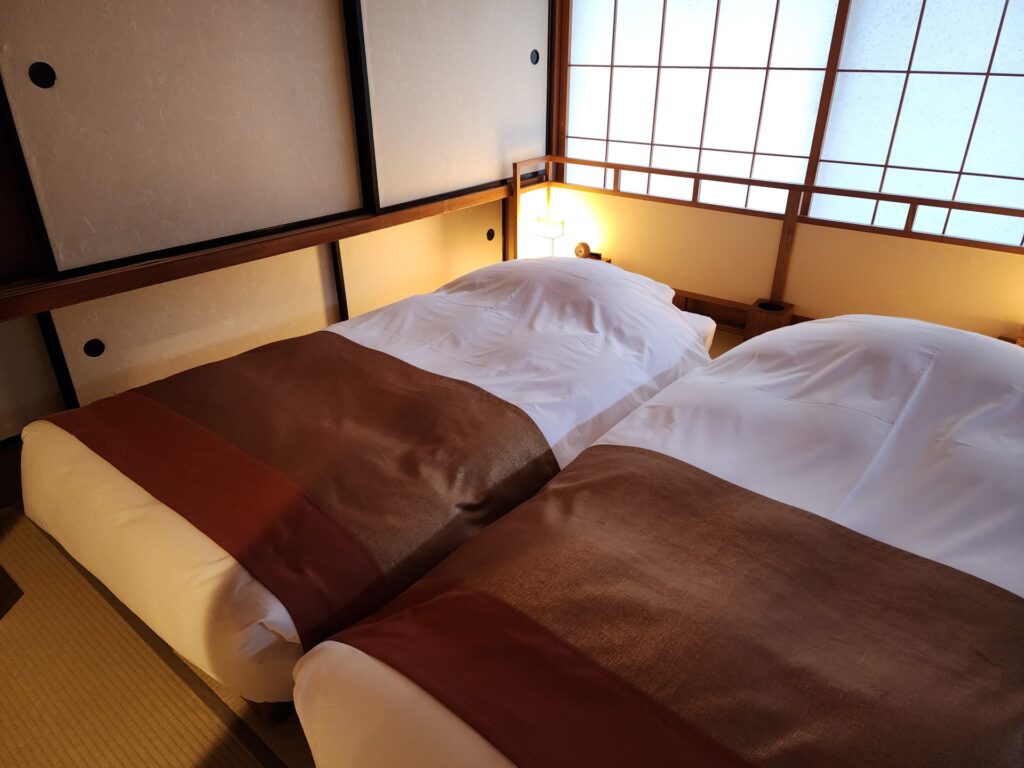
Small spaces don’t mean you can’t have a tatami room. In fact, tatami’s modularity is perfect for compact living. Use foldable or modular mats that you can store when not in use. Opt for multifunctional furniture like a chabudai (low table) that can double as a workspace or dining area.
Loft beds or wall-mounted shelves free up floor space, while sliding screens or curtains can zone off your tatami area without taking up extra room. Consider elevating part of the room into a tatami platform with built-in storage—perfect for studio apartments or shared spaces.
Tatami Room Maintenance and Care
Proper maintenance ensures your tatami mats last 5–15 years, depending on usage and material. Start by keeping the area dry and well-ventilated. Use a vacuum with a soft brush attachment, moving along the grain to avoid damaging the weave. Avoid wet cloths or excessive moisture.
To prevent mold or musty odors, regularly air out the mats—especially in humid seasons. If possible, lift or tilt the mats occasionally to allow airflow underneath. In colder climates, consider using a dehumidifier or adding slatted platforms beneath the mats.
Avoid placing heavy furniture directly on tatami for extended periods, as it can leave permanent indentations. And remember: tatami is meant for bare feet or socks—no shoes allowed!
Modern Uses for Tatami Rooms
While traditionally used for tea ceremonies and guest hosting, tatami rooms have found new life in modern living. Many households now use them as meditation spaces, reading nooks, or minimalist bedrooms with futon bedding. Their calm aesthetic pairs well with mindfulness practices like yoga or breathing exercises.
Hybrid interiors are also popular—think Western-style rooms with a tatami corner or incorporating tatami mats into Scandinavian or boho design themes. The result is a harmonious blend of function and tranquility, perfect for urban lifestyles seeking balance.
Tatami rooms are also favored by digital nomads and remote workers for creating distraction-free zones. The floor-based living encourages ergonomic variation and invites mindful pauses during the day.
Budget-Friendly Tatami Room Ideas
You can create a serene tatami room without breaking the bank. Start small with secondhand or faux tatami mats—many platforms like Craigslist, Facebook Marketplace, or Japanese community boards offer gently used mats for a fraction of the price.
DIY options include building a raised wooden platform and layering it with foam or modular tatami tiles. Look for affordable suppliers online—brands like IKEHIKO or IKEA (in select countries) carry tatami-style products. Faux mats made from synthetic fibers can mimic the look while being more durable and moisture-resistant.
If you’re renting or want a temporary setup, try using tatami-look rugs or interlocking foam tiles. Combine them with low furniture and minimal décor to achieve a similar aesthetic affordably.
Common Questions About Tatami Rooms (FAQ)
What does a tatami room look like?
A tatami room typically features woven straw flooring, sliding doors, and minimalist furniture. The mats are arranged in a grid-like pattern, often accompanied by floor cushions, a low table, and natural wood accents.
Why are tatami mats important?
Tatami mats are integral to Japanese culture, symbolizing simplicity, purity, and respect for nature. They also provide thermal insulation, comfort, and a calming scent that enhances mental well-being.
How do I maintain them?
Vacuum gently along the grain, avoid moisture, and keep the room well-ventilated. Lift mats occasionally to air them out and avoid placing heavy objects that can leave dents.
Can I use tatami in a modern home?
Absolutely. Tatami mats are highly adaptable and can be integrated into modern homes for sleeping, relaxing, or meditation. Modular mats and hybrid styles make them easy to use anywhere in the world.
Conclusion: Embracing the Serenity of Tatami Rooms
Tatami rooms beautifully blend tradition and modernity, offering a serene escape within the home. Whether you’re drawn to their cultural significance, health benefits, or minimalist charm, incorporating a tatami space into your life can bring both physical and emotional balance.
Their versatility means you don’t need to live in Japan—or even own a home—to enjoy them. From full-room installations to cozy corners, tatami rooms are adaptable to modern lifestyles and accessible on any budget. So why not bring a bit of wa (和)—Japanese harmony—into your daily routine?
Create your own tatami room, and experience how a space rooted in simplicity can profoundly enhance your well-being and sense of home.

